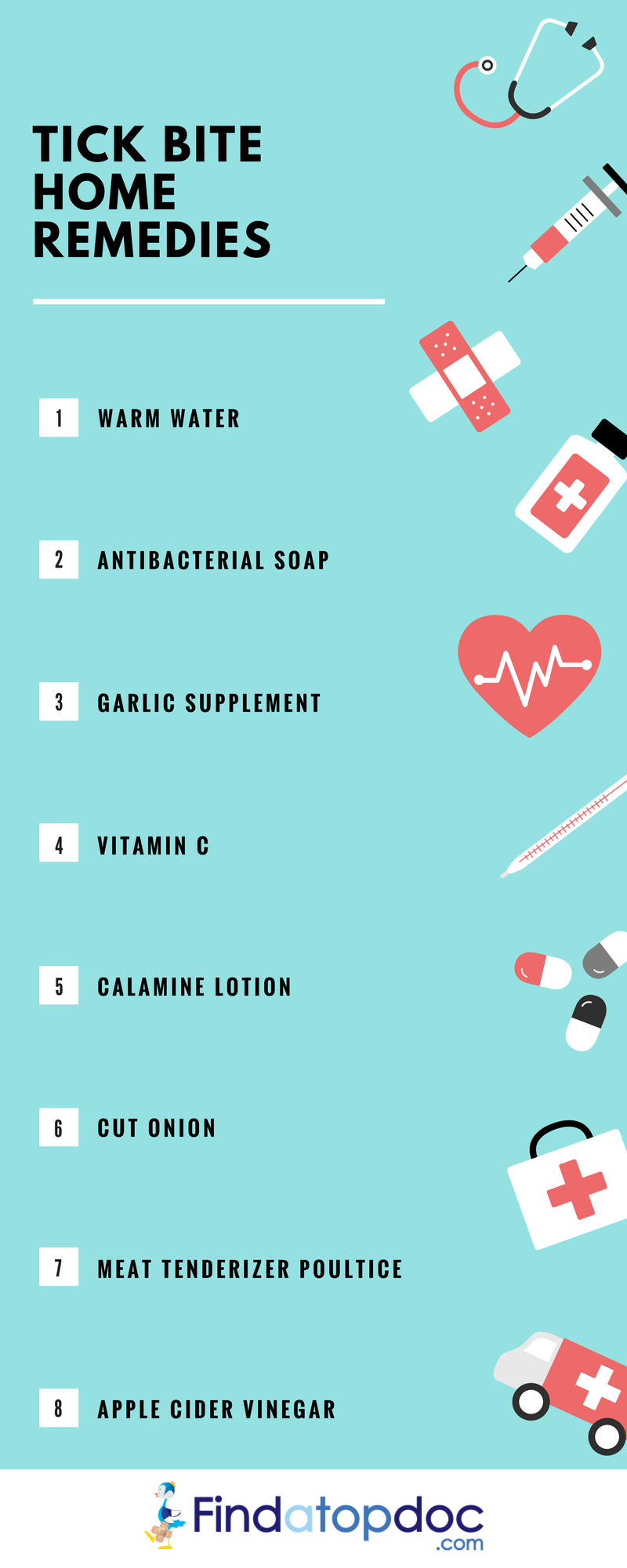
Ticks bites are usually a common nightmare of summer, but they don't have to be. There are many ways to avoid these small insects, as well as safe ways to remove one that does embed itself in your skin. Ticks can transmit diseases, such as Lyme disease and Rocky Mountain spotted fever, so it’s worth steering clear of bites, if possible. There are about 850 species of ticks worldwide. These critters range in size from nearly invisible to the size of a pencil eraser. Most ticks go through four life stages, growing larger as they age. All ticks start out as eggs and most then turn into tiny larvae with three pairs of legs. A larva becomes a nymph — a smaller version of an adult tick. Finally, the nymph takes its final form as an adult tick, with males typically appearing smaller in size than females of the same species. In order to complete this complex life cycle, ticks must take a blood meal at every stage.
Where do ticks bite people?
Ticks prefer warm and moist areas of the body. Once a tick gets on your body, they’re likely to migrate to your armpits, groin, or hair. When they’re in a desirable spot, they bite into your skin and begin drawing blood. Unlike most other bugs that bite, ticks typically remain attached to your body even after biting you. If one bites you, you’ll likely know because you’ll have found a tick on your skin. After a period of 10 days of drawing blood from your body, an engorged tick can detach itself and simply fall off.
Symptoms
Unfortunately, the tick bite is usually painless and remains that way even after the tick stops the blood meal and falls off of the skin. Later, the bite site may develop
- itching,
- burning,
- redness or red spot, and
- rarely, localized intense pain like in the joints in some individuals.
Treatment
1. Remove Tick
If the tick is attached to the person's skin, remove it immediately. Wearing gloves, grasp the tick with clean tweezers to remove the head and mouthparts. If some mouthparts remain, do not try to remove them, as your body will expel them naturally.
Pull the tick straight out gently and steadily. Do not twist. Do not try to remove tick with a hot match or petroleum jelly. This could cause the tick to regurgitate infected fluids into the wound. Save the tick in a container of alcohol to show the doctor.
2. Cleanse and Protect the Area
Wash hands and clean the bite area with warm water and gentle soap. You should apply alcohol to the bite wound to prevent infection.
3. See a Health Care Provider
See a health care provider immediately if the tick has burrowed into skin or if the head, mouthparts, or other tick remains cannot be removed.
Tick prevention
Long sleeves and long pants are good protection against ticks. The insecticide permethrin can be sprayed on clothing or gear and kills ticks on contact. Deet is also an effective repellant. As a bonus, both of these chemicals keep mosquitoes away, too.
Check yourself and any pets for ticks after coming in from outdoors, especially if you've been in woody or grassy areas. If you do find a tick attached to your skin, use fine-tipped tweezers and grab the arachnid as close to the skin as possible. Pull upward evenly and steadily. The goal is to remove the tick whole, without breaking its mouthparts off in your skin.
Just found a tick on your skin? Don't panic. It usually takes about 36 hours for it to adhere, feed, and transfer the bacteria that cause Lyme disease. In other words, if you remove it during that period, it likely hasn't had a chance to infect you. Implement these tips to get that sucker off safely and save your life.


